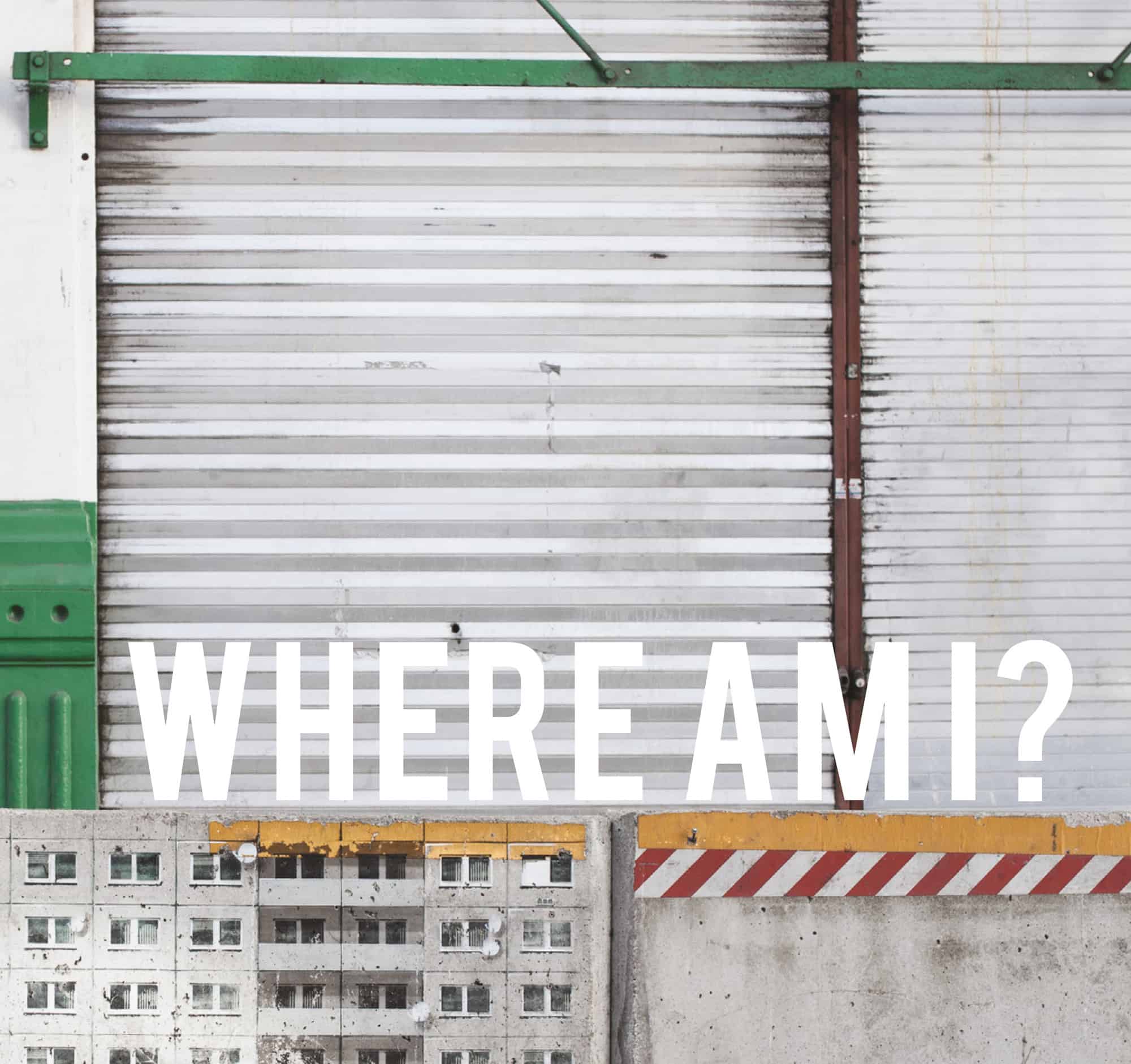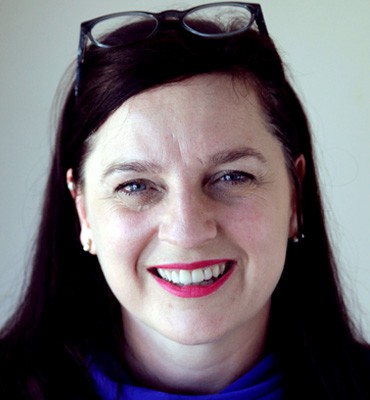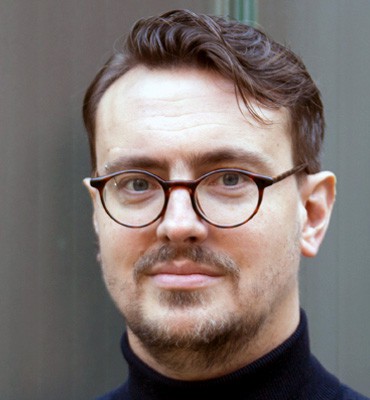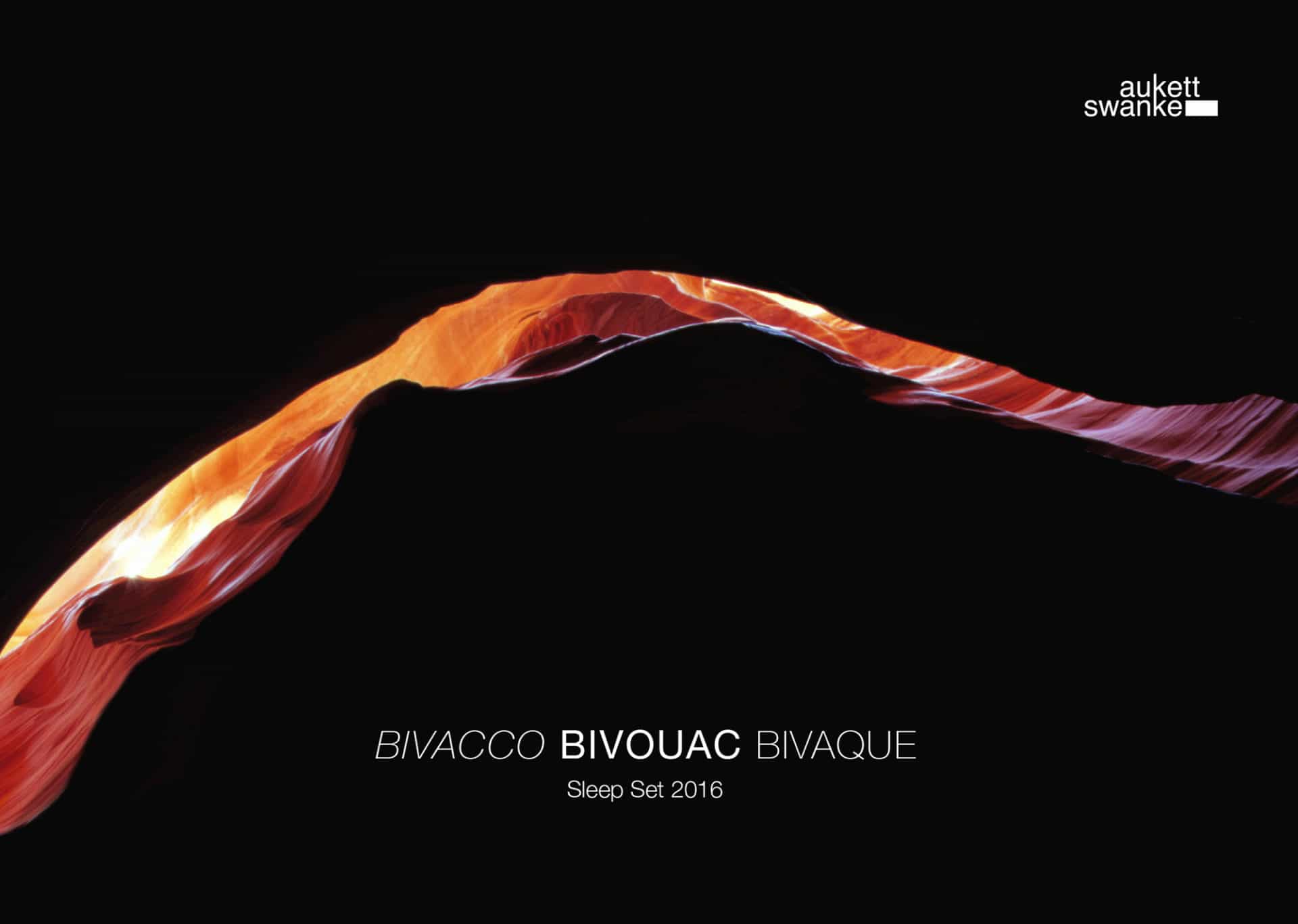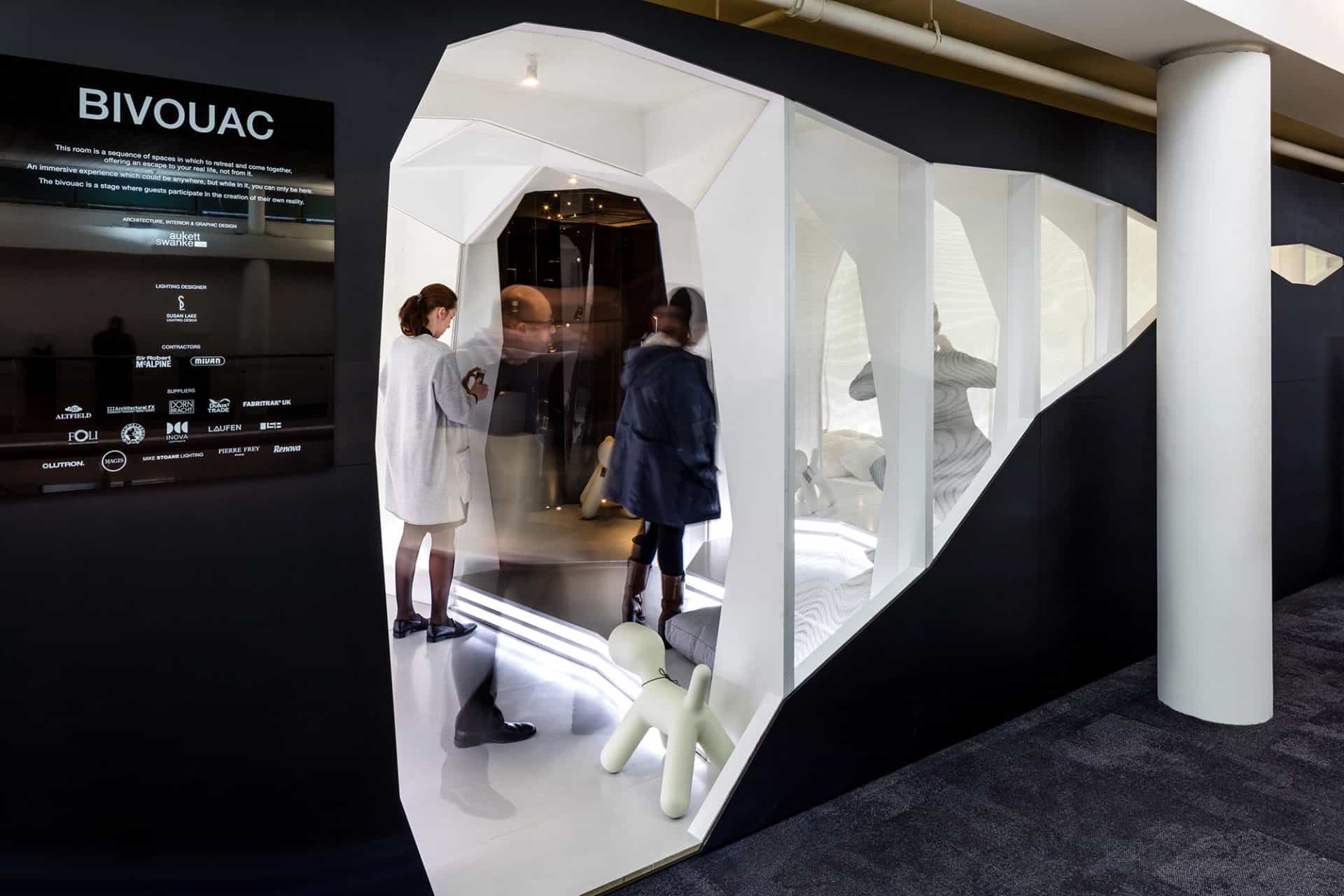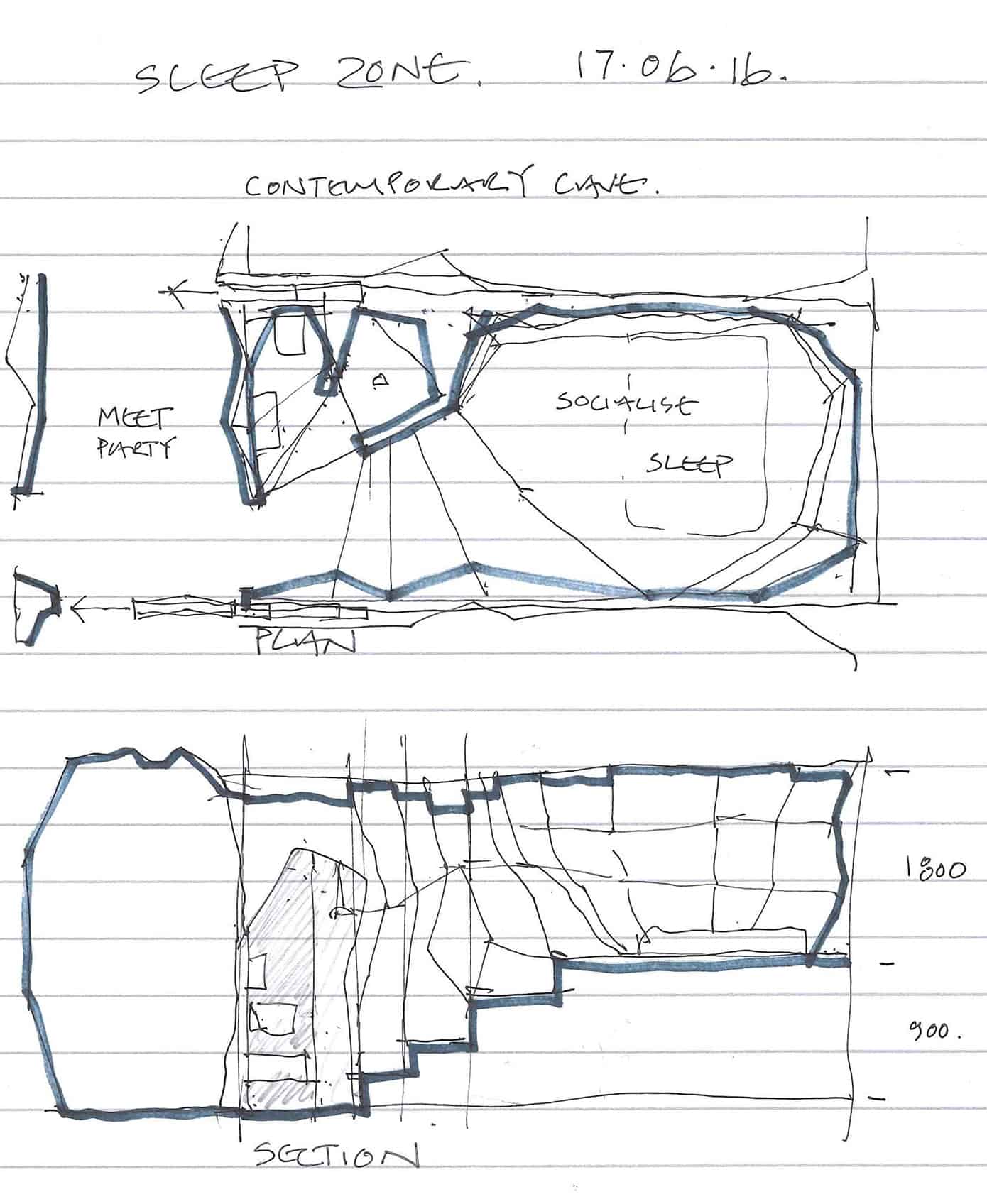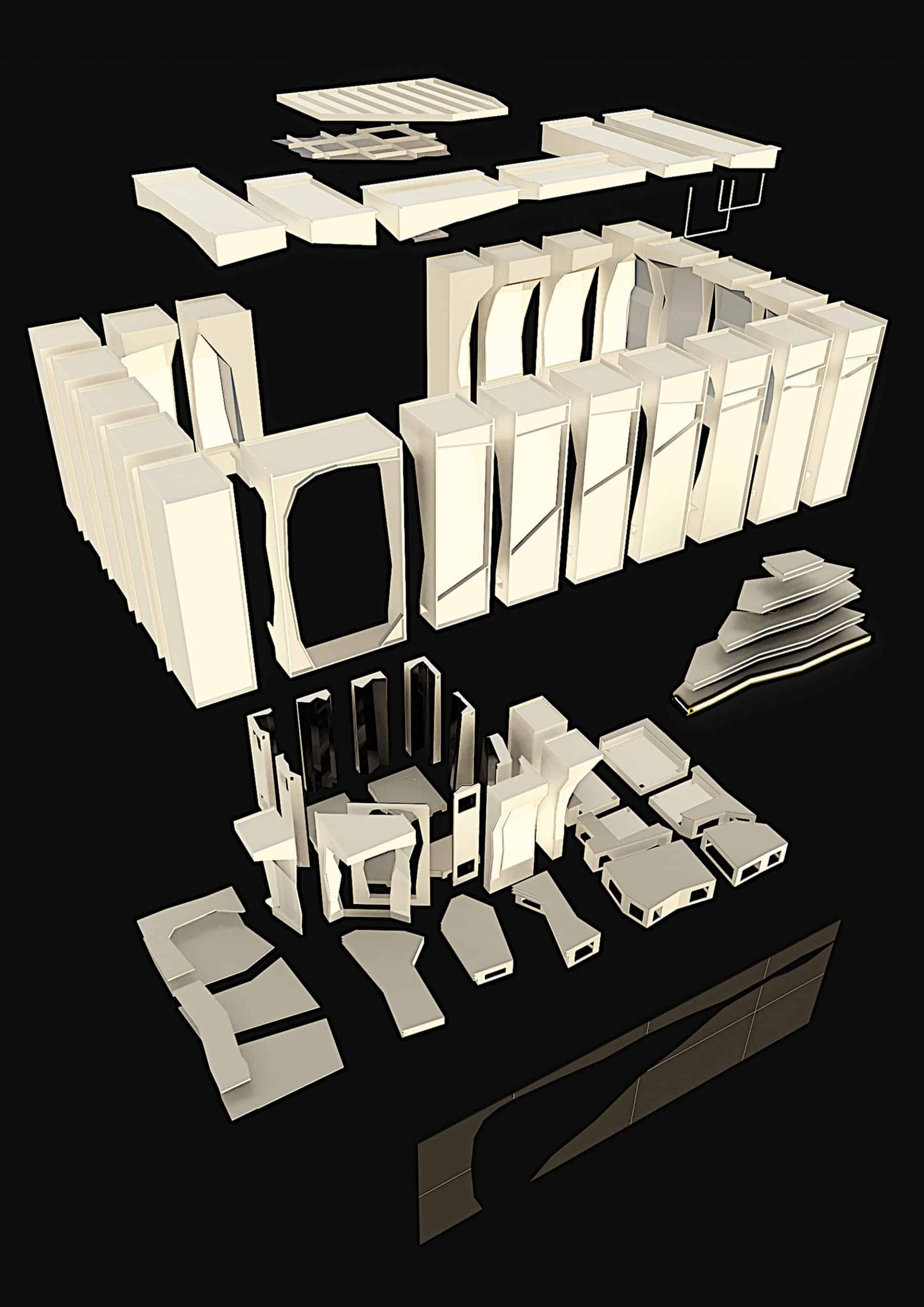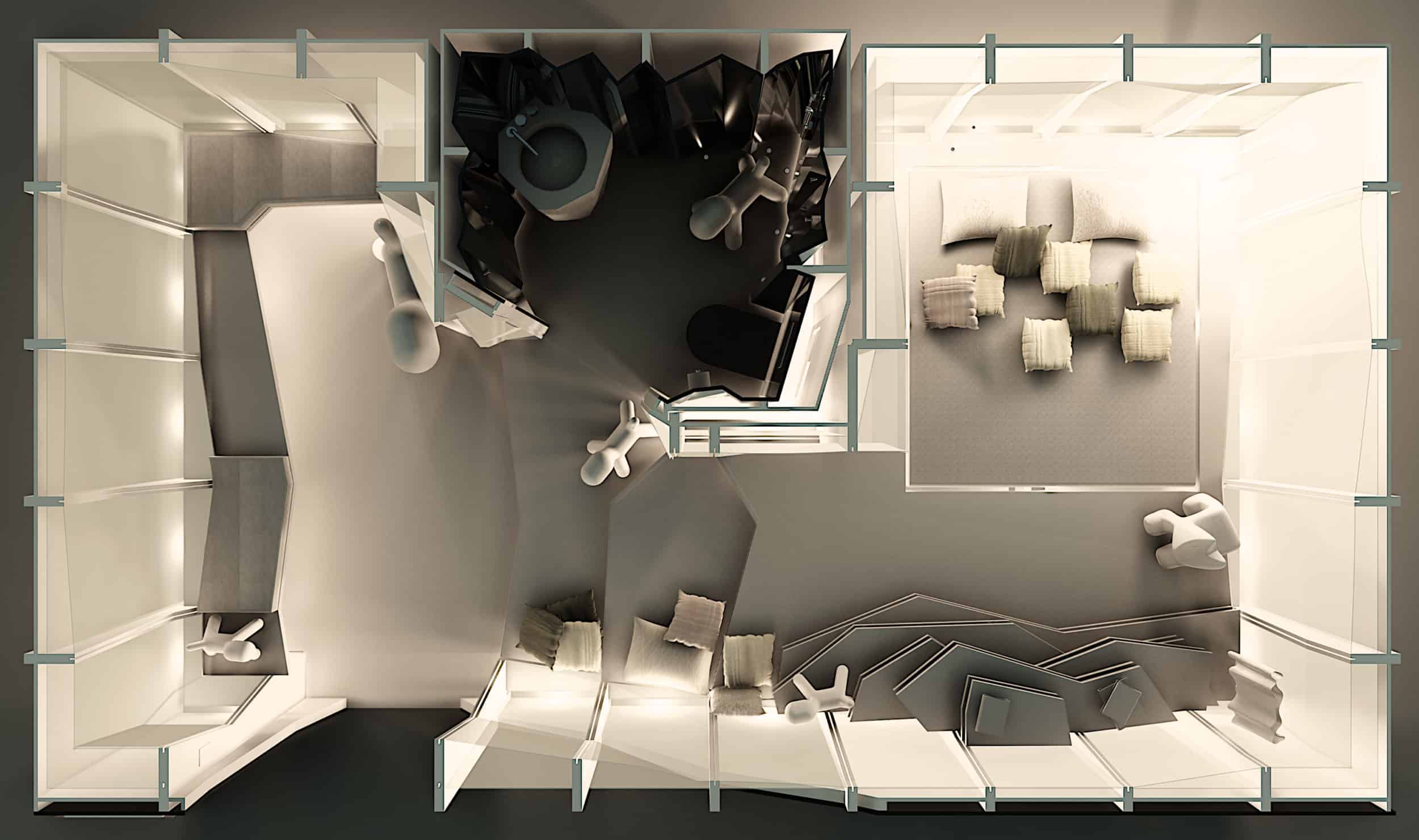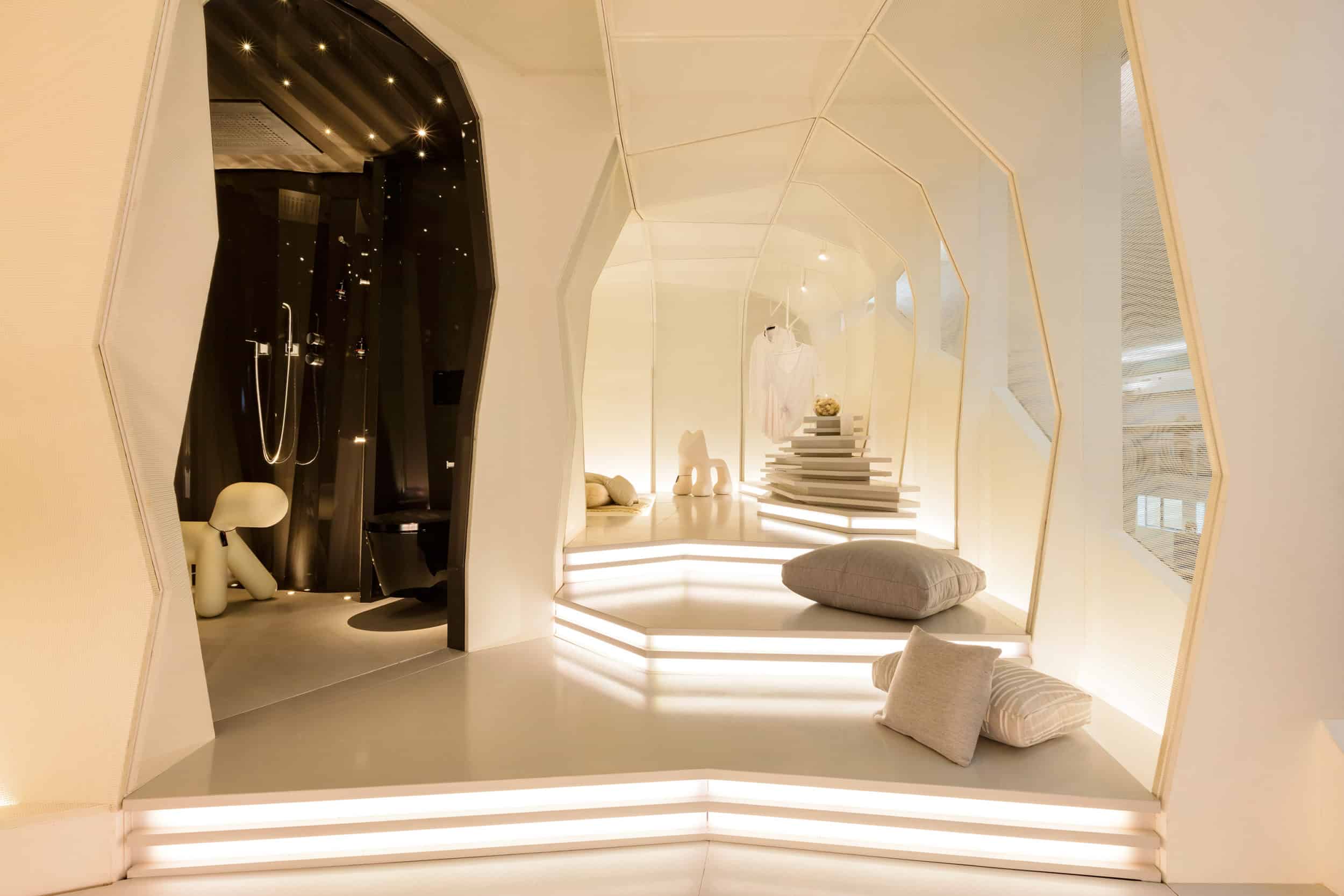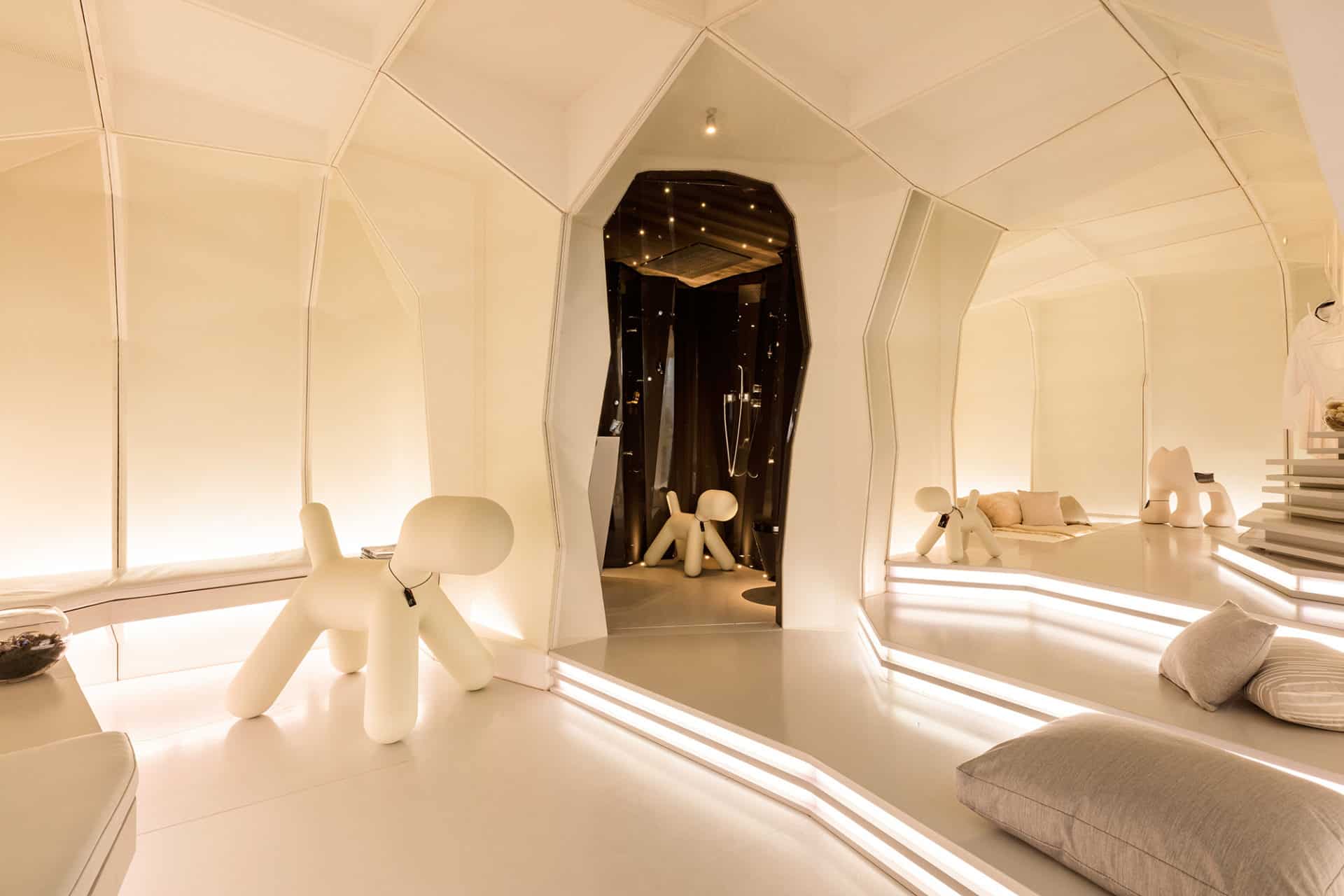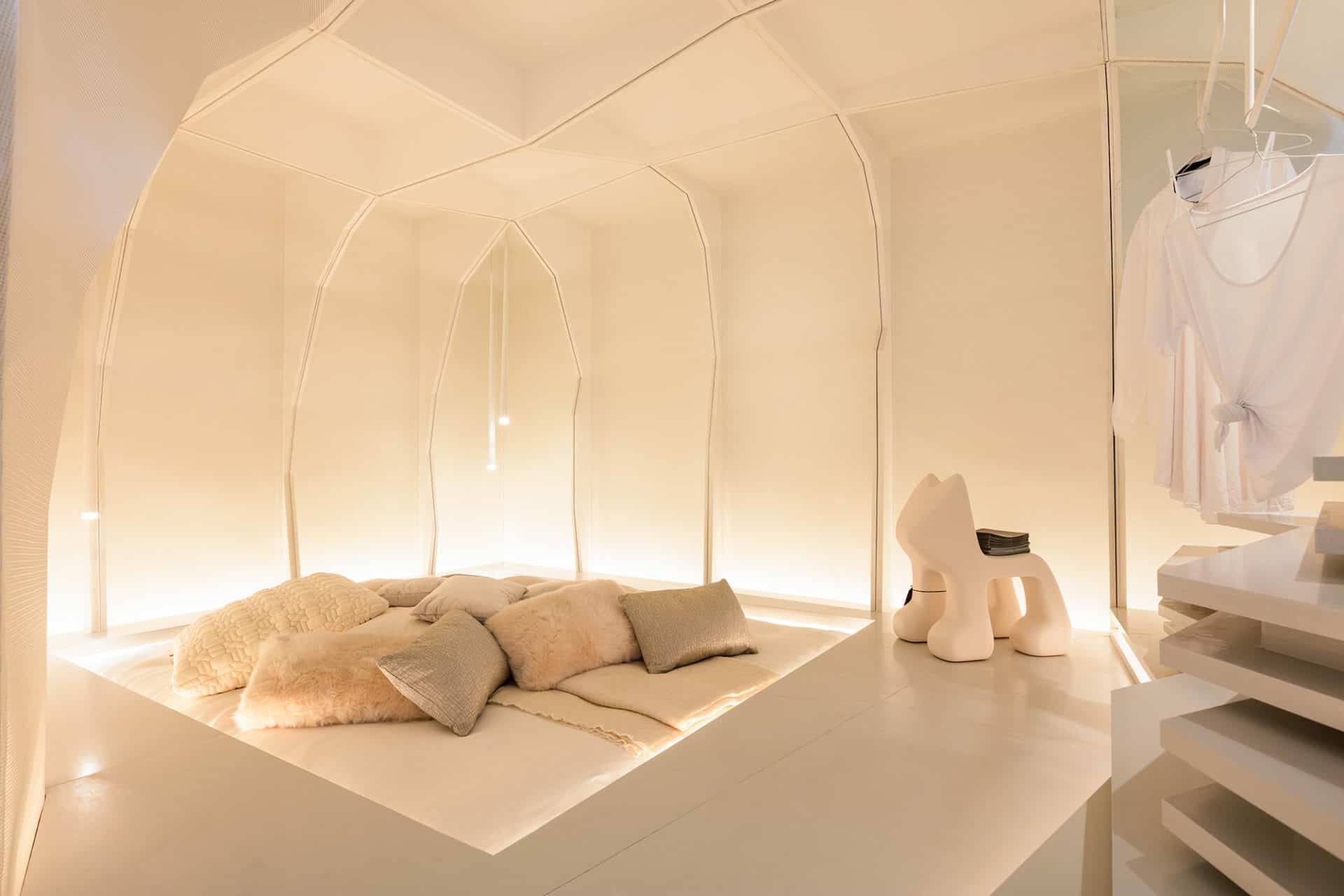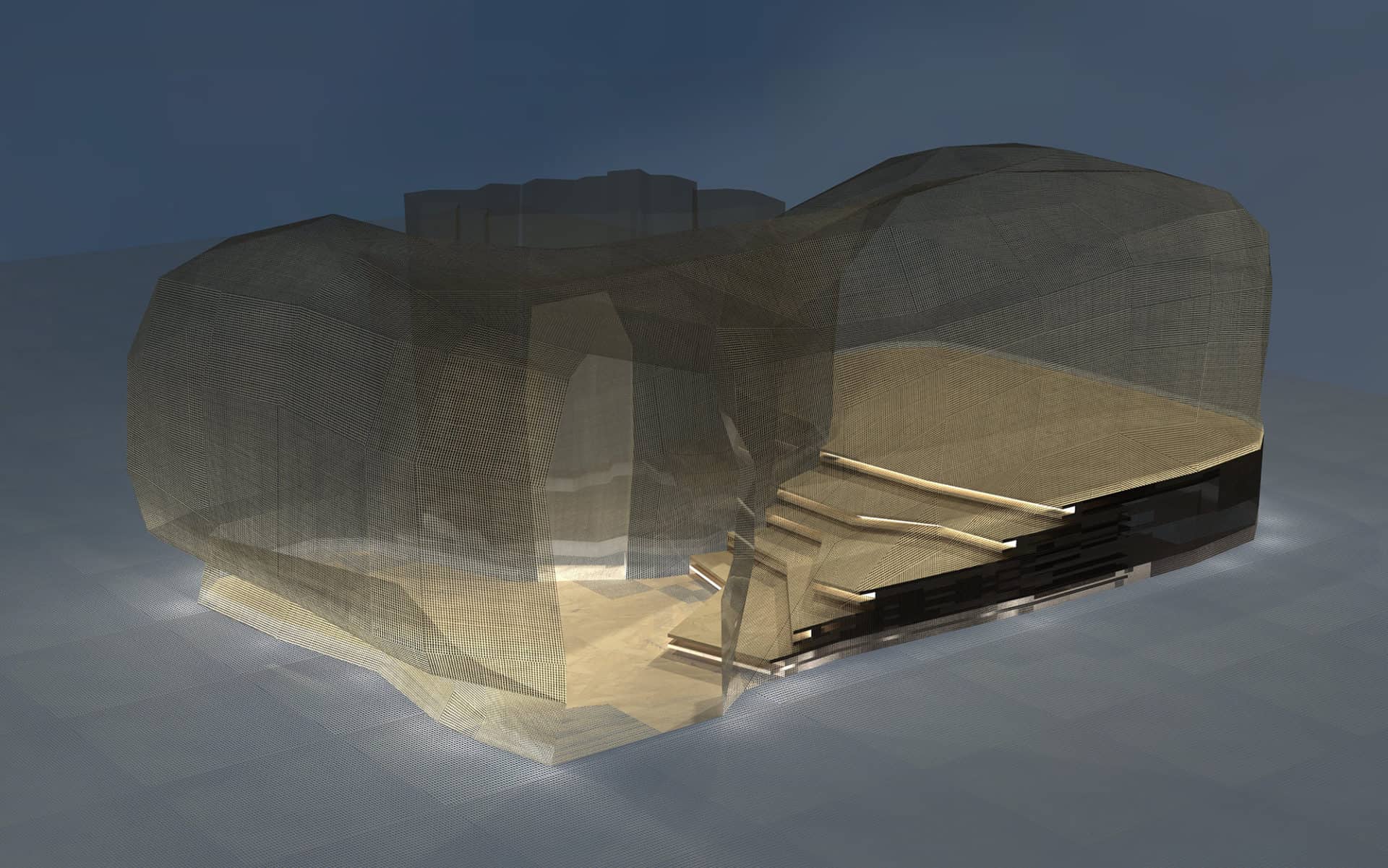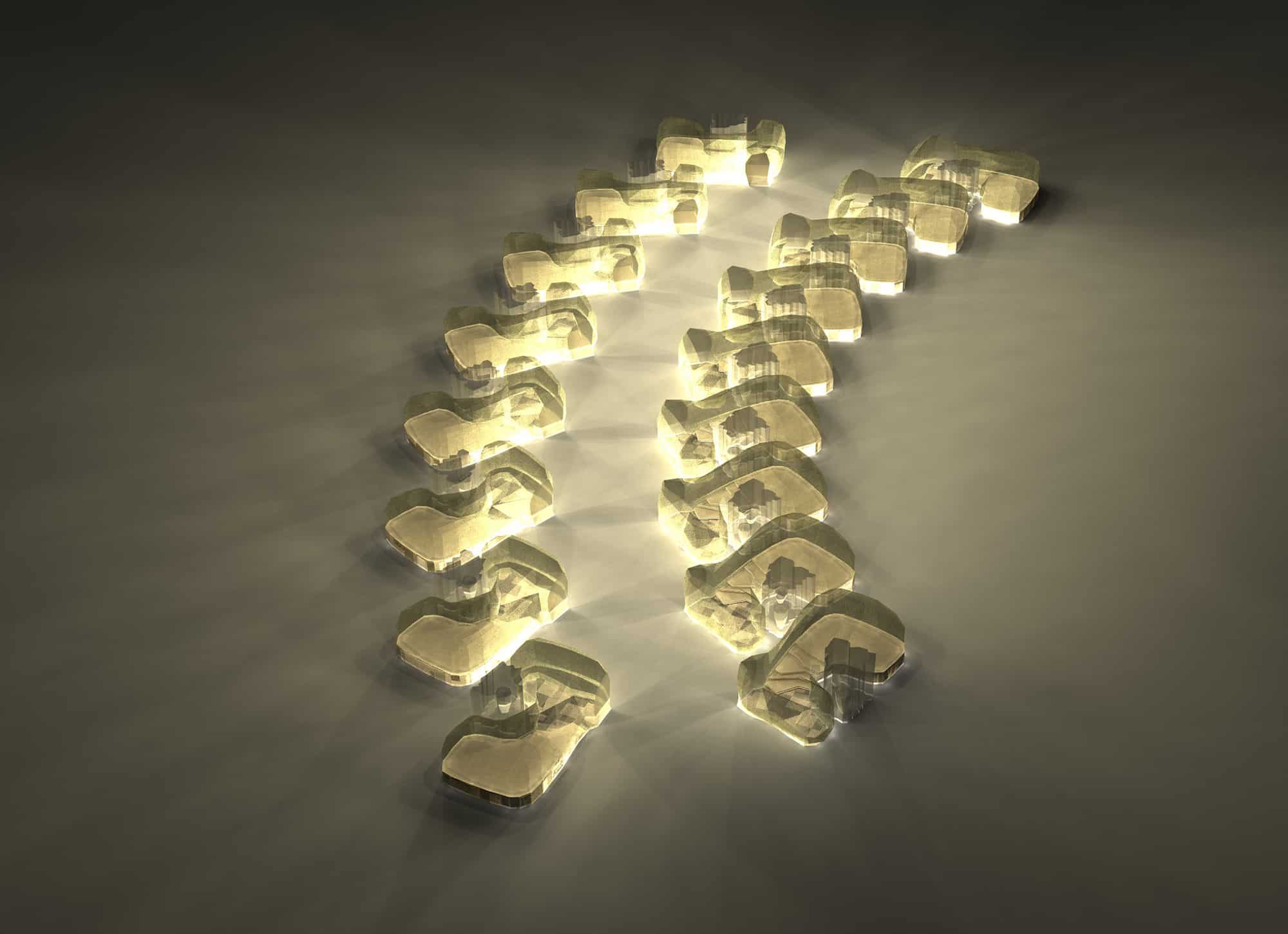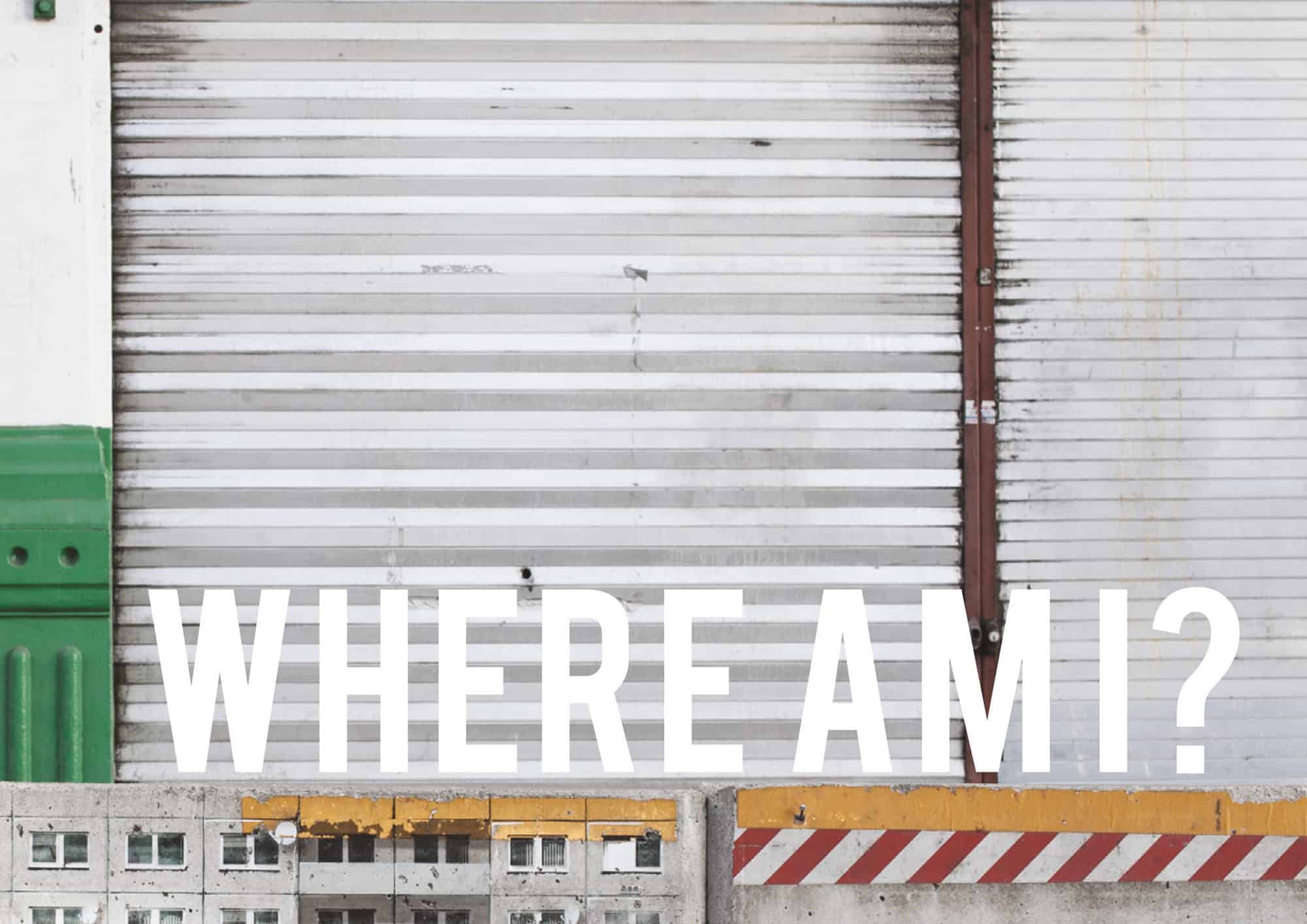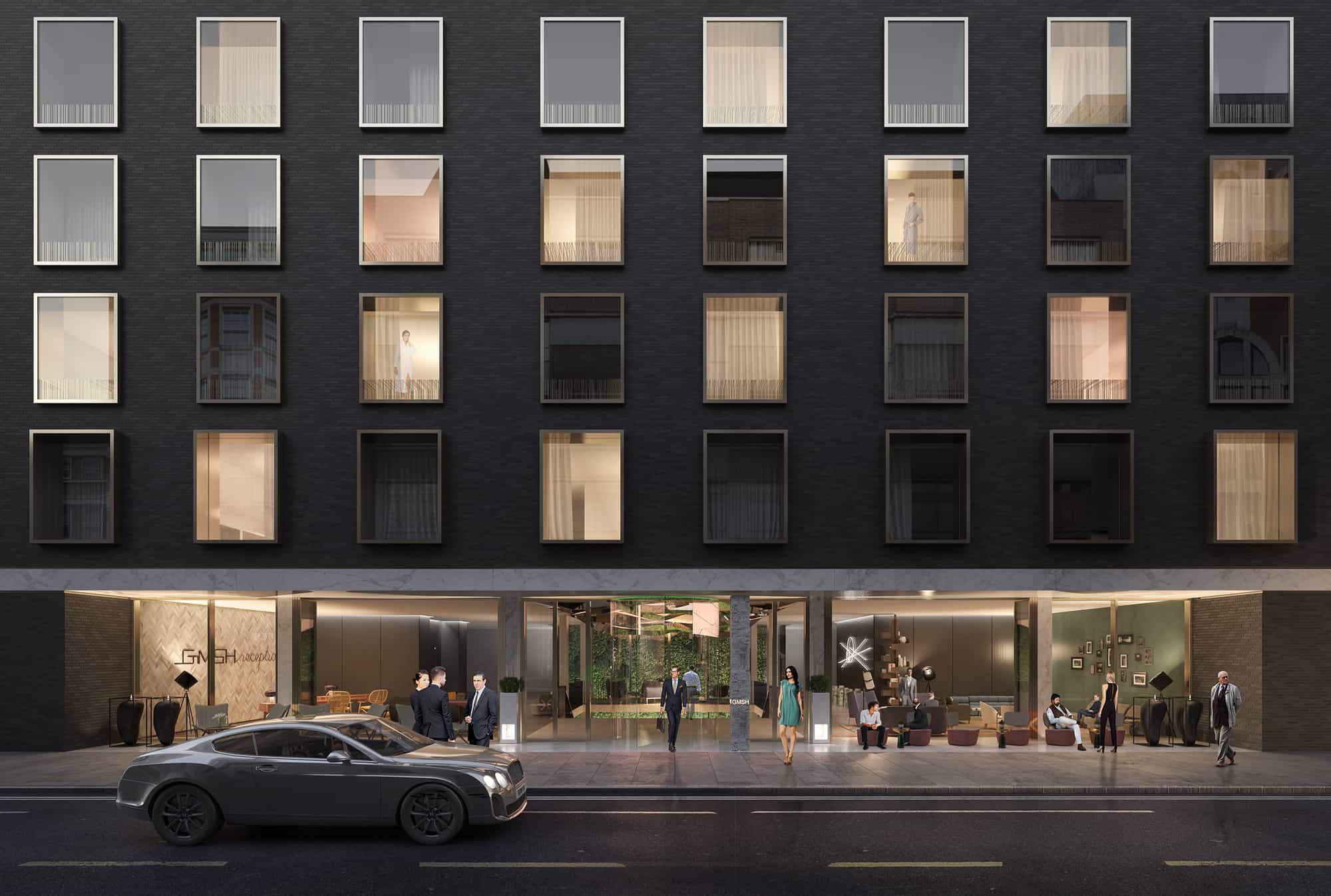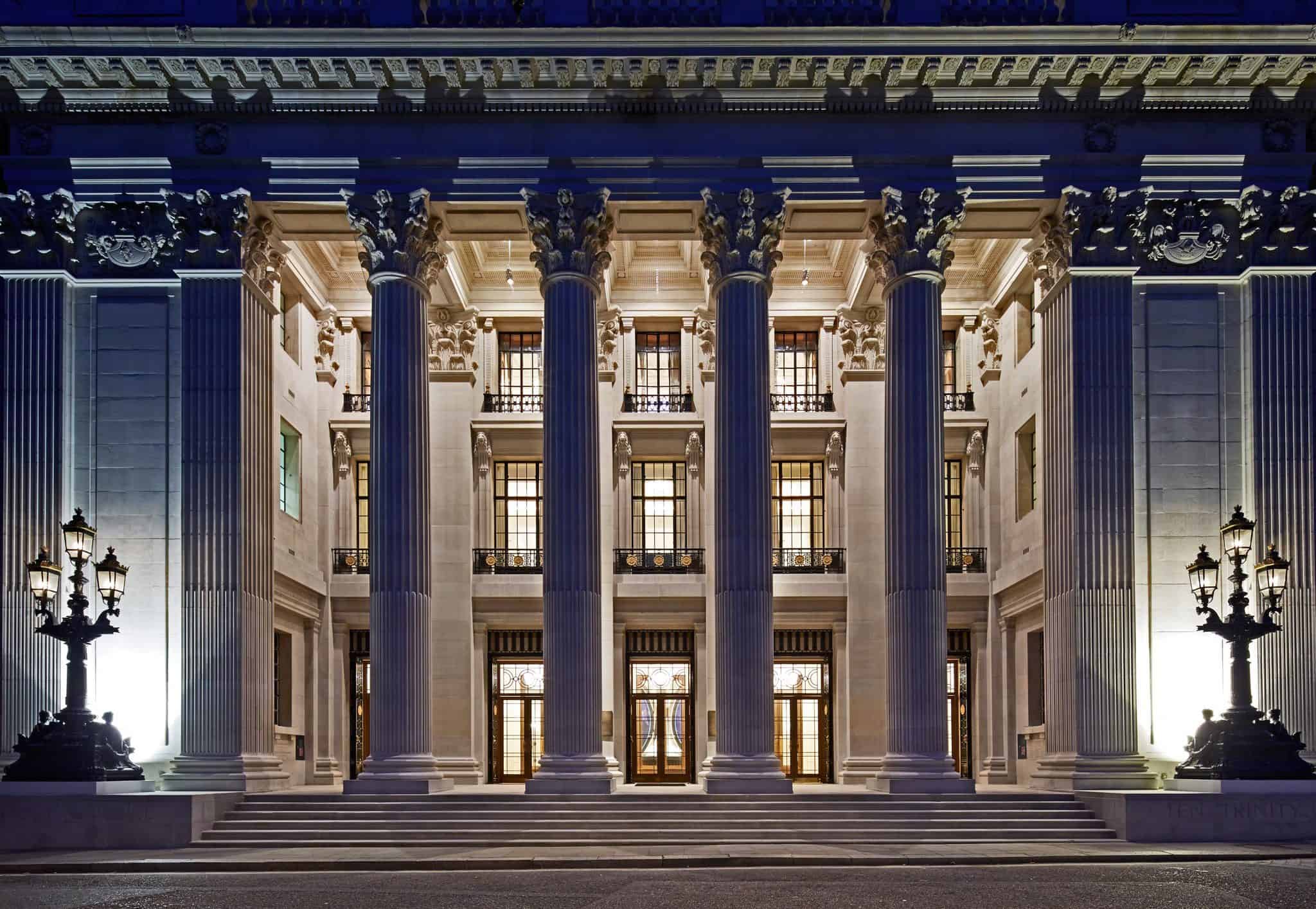London, UK
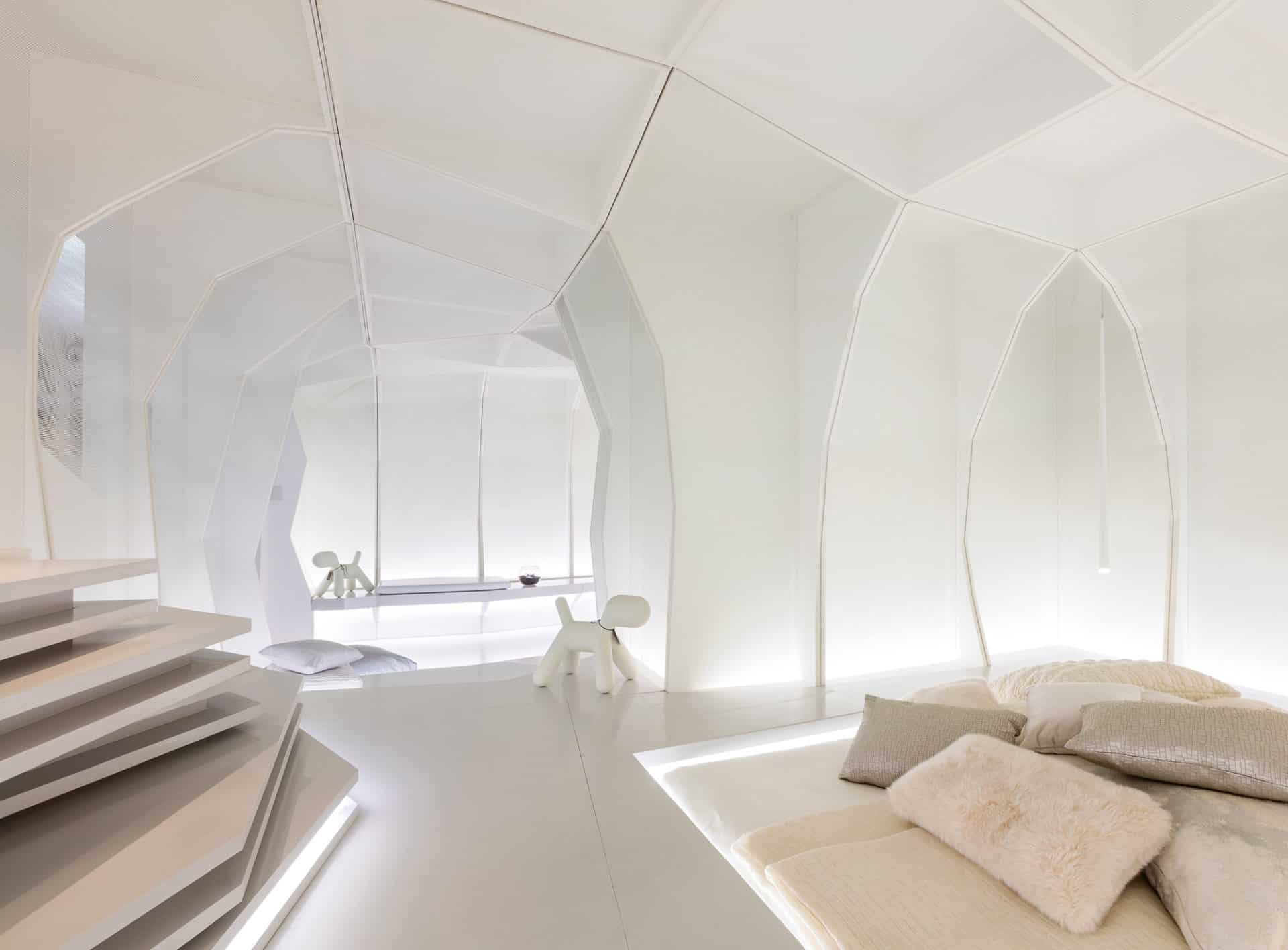
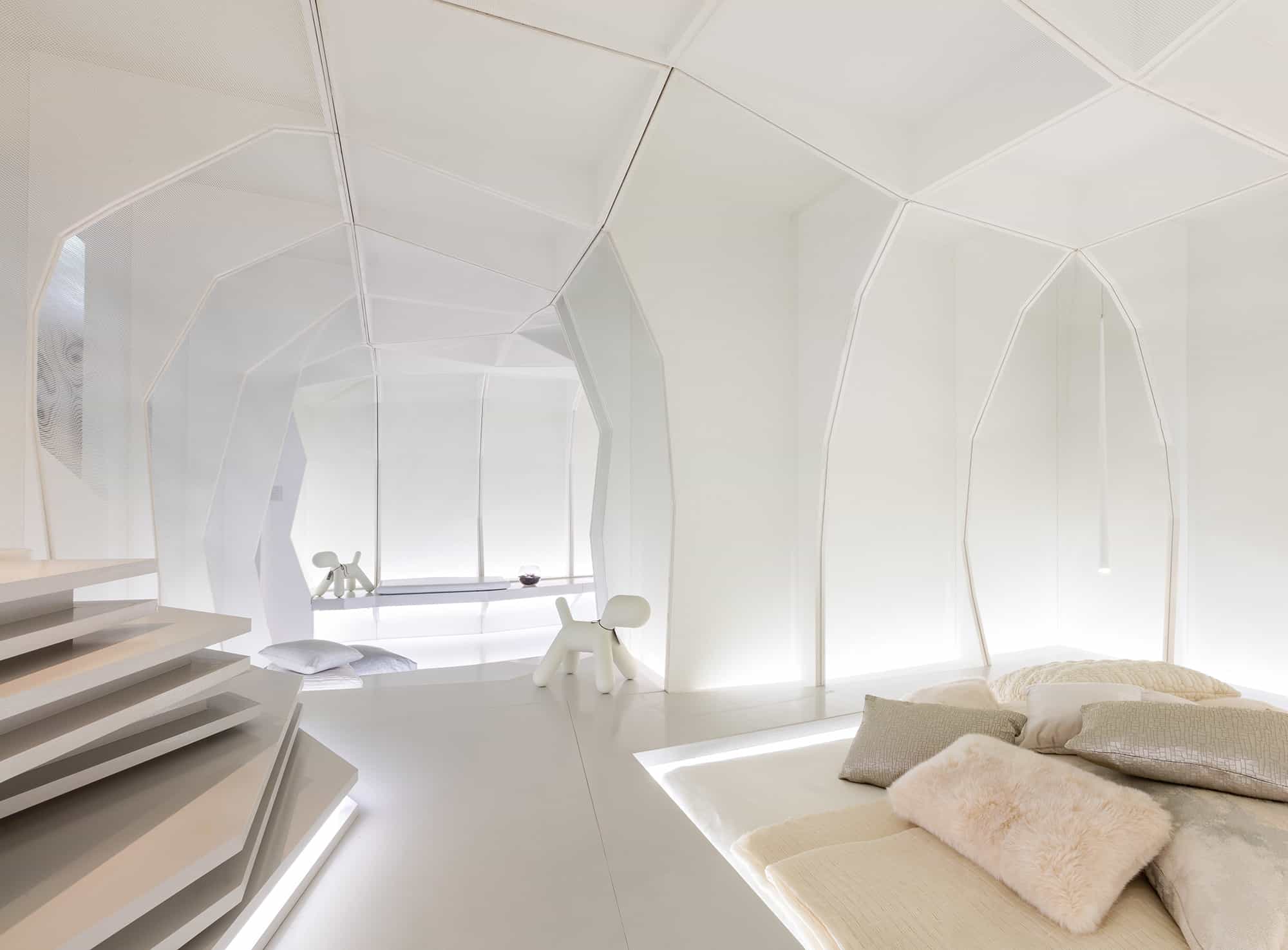
‘Sleep Set’ is an annual competition for invited design practices to create full size concept guestrooms in collaboration with leading contractors and suppliers. In 2016, the theme was ‘The Science of Tribes’ and explored social and cultural changes that affect behaviours, uniting different groups of people across the globe and how this information can be used to understand today’s diverse hotel guests
Project Details
Collective Team
Our ‘Sensation-Oriented’ room – Bivouac – was designed in response to our understanding of the ‘tribe’ as being a group of people who travel to their real life not from it. Travelling in groups to festivals and events, often identifying with social subcultures, every day life pales in comparison to the intensity with which the life they have while travelling is lived.
Our room embraces the social element and also matches the intensity with which our tribe lives the experience, noting how people join in public places for formal and informal events and adapt landscapes for the purpose, creating stepped theatres, spaces for play, entertainment and performance.
The room gently challenges perspective and perception, changing constantly in relation to your position in the space which, along with a shift in acoustic quality, makes you more self-aware and present in the space so that experience and emotional response to the room completes the design.
The design process was intensely collaborative, blurring the boundaries between architecture and interior design, using structure, finishes, furniture and fabrics to create a complete, seamless environment. With our contractors, we developed a system of prefabrication allowing us to create complex shapes and surfaces which could be assembled on site in a short time frame.
Seventy two individual cassettes form the structure of the set, with the room lining formed in a fibreglass mesh and the bathroom finished in a high gloss graphite lacquer. Fully integrated lighting inhabits the surfaces of the room, modulating the mood of the space with morning, afternoon and evening scenes on a circadian cycle.
Stepped terraces create a transition between the social space and the more intimate sleeping area. The desk was designed as an extension of this landscape, creating a false perspective within the room. A range of surface types and depths, from deep, soft and diffuse, to flat, hard and reflective modulates the visual, tactile and acoustic character of these spaces.
In addition to the required sleeping area and bathroom, the ‘third space’ is a social space where the guest can gather with friends.
While the room is a complete internal environment, we considered how the concept could travel to other environments and how many of these rooms might come together to create larger temporary and permanent communities and settlements. The Burning Man Festival, for example, in its planning and relationship between individual units and overall community, takes on many of the formal qualities of the spaces and relationships that we have designed within the room.
We imagined formal settings in which repetitions of many of these rooms, in both radial and linear arrangements, take the relationships between intimate and public spaces within the room and expand them into corridors, streets and larger public spaces. This could be a camp, a festival or, indeed, a ‘sensation-oriented’ hotel.
